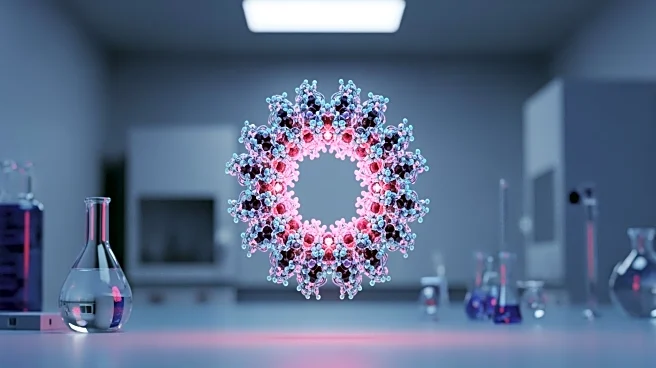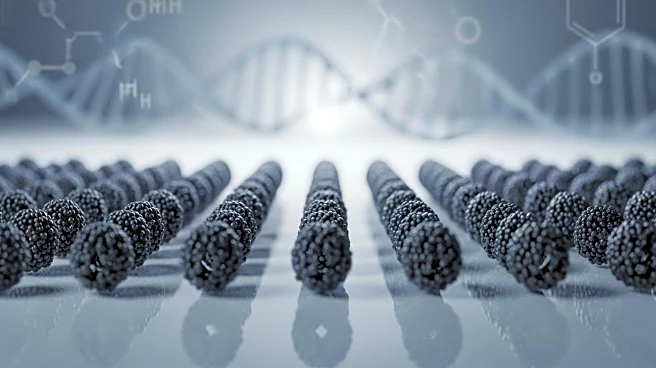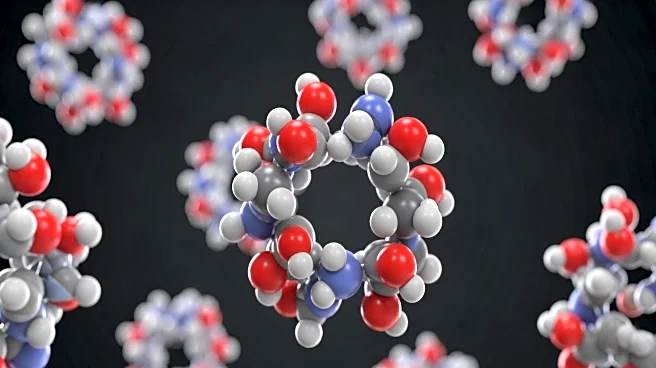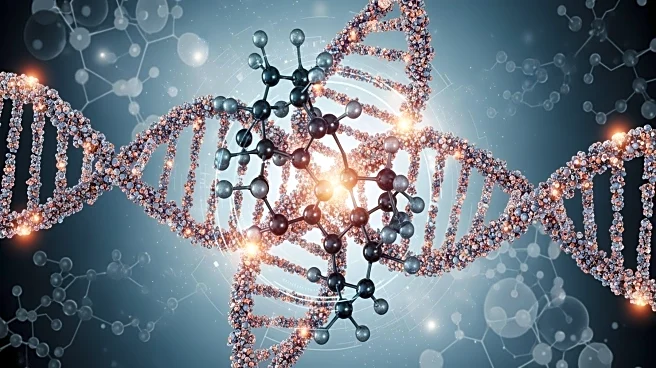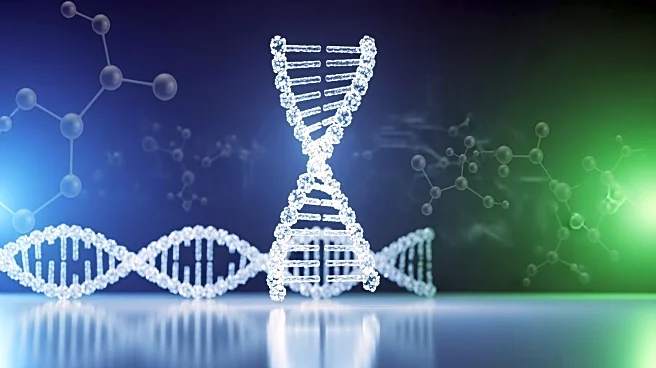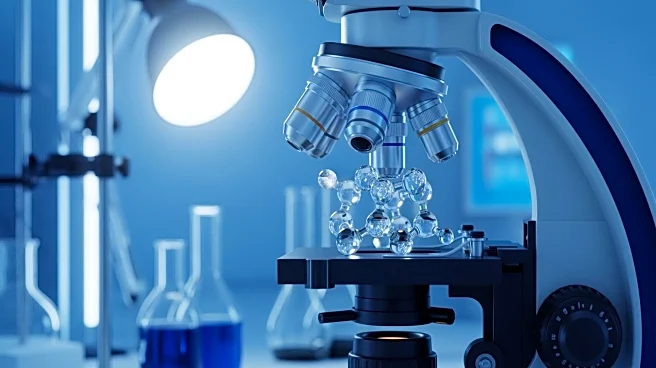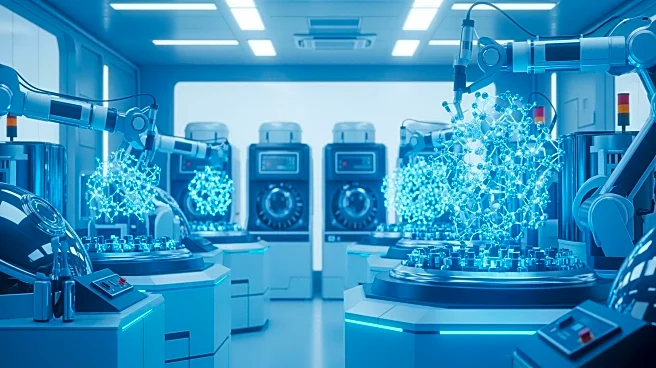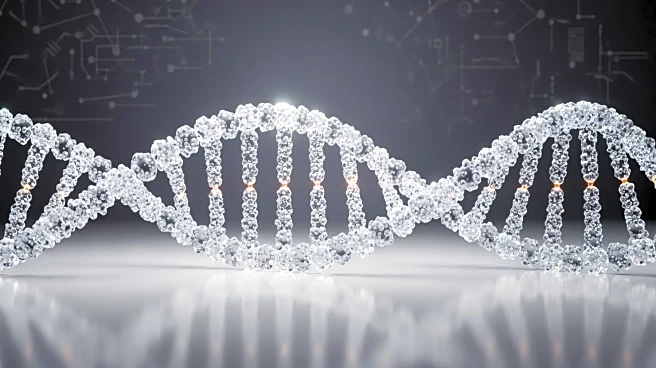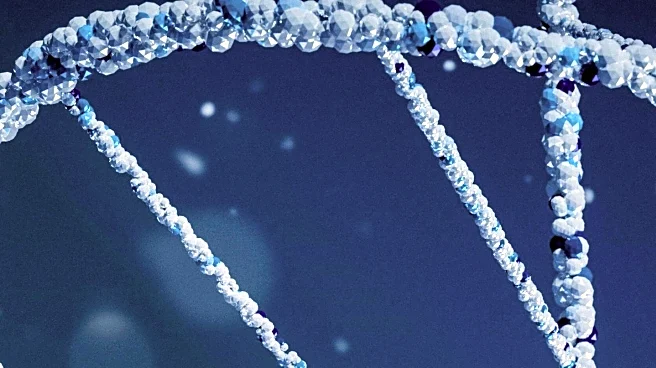What's Happening?
Researchers from the University of Pennsylvania, Brookhaven National Laboratory, and Waters have made significant advancements in understanding lipid nanoparticles (LNPs), which are crucial for precision
therapies in genetic diseases and cancers. Their study, published in Nature Biotechnology, reveals detailed structures of four LNPs, highlighting their varied configurations and how these affect therapeutic delivery. The team employed advanced visualization techniques such as sedimentation velocity analytical ultracentrifugation and field-flow fractionation coupled to multi-angle light scattering to maintain particle integrity during analysis. These findings could enhance the effectiveness of LNPs by tailoring them to specific diseases, moving beyond the current trial-and-error approach.
Why It's Important?
The research offers a promising pathway to improve the design and application of LNPs, which are already used in COVID-19 vaccines and other therapies. By understanding the structural nuances of LNPs, scientists can potentially develop more effective delivery systems for RNA therapies, enhancing treatment outcomes for various diseases. This could lead to more personalized medicine approaches, reducing side effects and increasing efficacy. The study also suggests that future advancements could involve artificial intelligence to design LNPs with precision, similar to drug development, potentially revolutionizing therapeutic delivery systems.
What's Next?
The findings pave the way for further research into LNP design, with the potential for artificial intelligence to play a role in creating more effective nanoparticles. As more labs contribute data on LNP structures and functions, the field could see significant advancements in precision medicine. This research could also influence regulatory and industry standards for nanoparticle-based therapies, encouraging more targeted and efficient drug delivery systems.
Beyond the Headlines
The study highlights the importance of interdisciplinary collaboration in advancing medical research, combining expertise from biochemistry, bioengineering, and biophysics. It also underscores the potential for LNPs to be tailored for specific therapeutic needs, which could lead to breakthroughs in treating complex diseases like cancer and genetic disorders. The ethical implications of such advancements include ensuring equitable access to these therapies and addressing potential risks associated with nanoparticle use.
